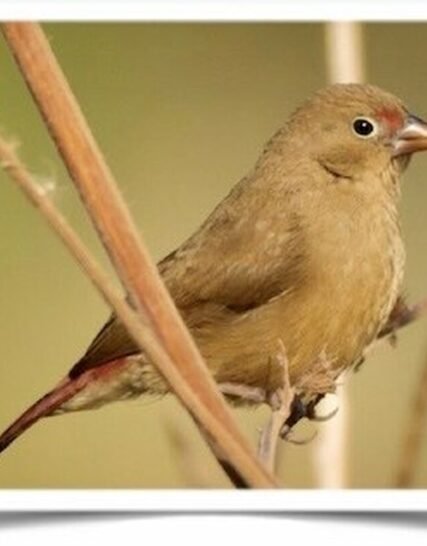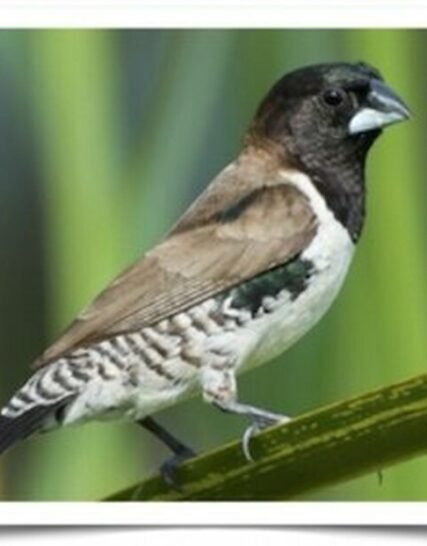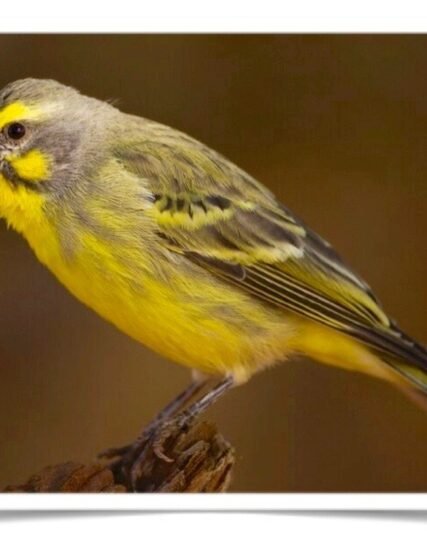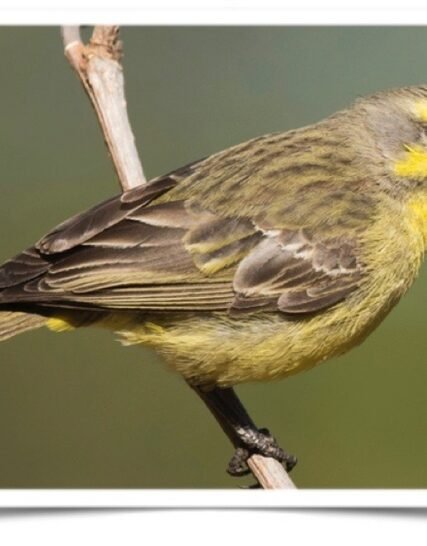- You have no items in your shopping cart
- Subtotal: $0.00
The Black-tailed Lavender Waxbill (Estrilda perreini), also known as the Black-tailed waxbill, Black-tailed Grey Waxbill and Grey Waxbill, is a common species of estrildid finch found in wetter lands of Southern Africa. Black-tailed waxbills are pearly grey above and below with a black streak from lores through the eye and a red rump and uppertail-coverts. The tail is tail and it’s belly and flanks are a sooty grey with black undertail-coverts. The iris is dark brown and eyering is black. The bill is a blue-grey, blacker at the tip and cutting edges and it’s legs are dark blue-grey to black. The Black-tailed Lavender Waxbill’s natural habitat includes open woodlands with scattered trees and grass, edge of evergreen forests, bamboo, and secondary growth and thickets.
Geography: South Africa
Song / Call: Click to listen to the Lavender Waxbill
Size / Weight: 3″ / 6.1 – 9 g
Sexing: Genders are too similar to visually determine sex.
Temperament: Black-tailed Lavender Waxbills hold grass-heads under foot to take fallen seeds on the ground. They forage singly, in pairs and in small groups.
Breeding: Black-tailed waxbill fly around with a long grass stem held by one end in his bill to court his mate. He perches with a horizontal body and swings his body from side to side. Their nest is rounded in shape, with a short entrance tube, made from long fine grass stems and flowering heads. Nests are placed 1·5 – 5 m above the ground in a shrub or small tree, occasionally near active wasp nests of wasps. The clutches 2–5 eggs and incubation period is 12 days.
Diet: Classic Finch Seed, Australian Blend Goldenfeast, Dried Egg Food, Millet, Mineral Grit, Herb Salad, Hatched, Cuttlefish Bone















Reviews
There are no reviews yet.